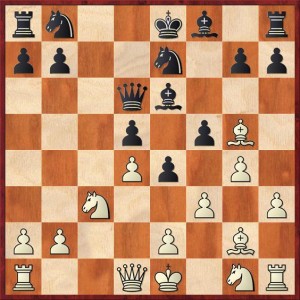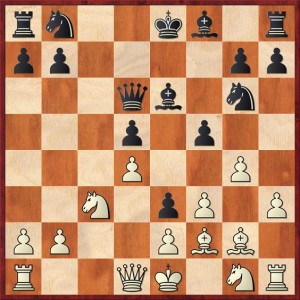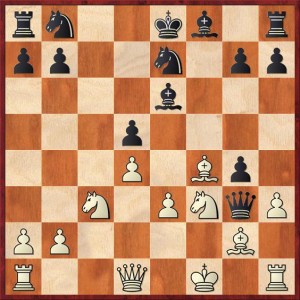Last week I finished reading a military-history book called Saratoga: Turning Point of America’s Revolutionary War. I am totally not a military history buff, but recently it bothered me to realize that I do not know a single battle of the American Revolution, other than Bunker Hill, which we lost. “How can you win a war without ever winning a battle?” I wondered. So I decided to buy this book and either refresh my memory or learn for the first time what went right for America during the war.
For those of you whose memory is as bad as mine, Saratoga was not a battle exactly, but a place where an entire army of 6000 British and German soldiers were forced to surrender in 1777. The book is a wonderful and extremely thorough account of the events leading up to the surrender. (There were some battles, but surprisingly few. The best-known one, I think, was Bennington.) Although the story is very complicated and the author, Richard Ketchum, tells it in exquisite detail, basically the biggest reason for the British defeat was hubris, on the part of the troops and especially the commander, John Burgoyne.
Burgoyne led an attack from Canada down the Hudson River towards Albany, expecting little resistance from the poorly trained American army. At first he was extremely successful, and the Americans did nothing but retreat, retreat, retreat. But then he got lured so far forward that he couldn’t maintain supply lines between Canada and his army. Forced into a choice between a humiliating retreat and pushing on towards Albany, he disastrously chose the latter and got his army encircled. At that point their only choice was to be massacred or to lay down their arms, and this time Burgoyne chose right.
Of course it’s a cliché that chess is a quasi-military game, with many of the similar themes of attack and defense. So what I’m about to say is nothing new, but as I read the book it occurred to me that a lot of chess games follow a similar pattern to Burgoyne’s defeat. At first things seem to be going well, but then before you know it you’ve gone too far. Here’s a case in point, from a game I played against Shredder last week. (I set its rating at 2014, I was Black, and we were playing at a game/10 time control.)
 Position after 9. … Qd6. White to move.
Position after 9. … Qd6. White to move.
FEN: rn2kb1r/pp2n1pp/3qb3/3p1pB1/3Pp1P1/2N2P1P/PP2P1B1/R2QK1NR w KQkq – 0 10
Here, interestingly, the computer blundered, but of course that’s partly because it was playing at the weakened rating of 2014 instead of full strength. Before I tell you what happened, what do you think White should do? Black is threatening to invade the heart of White’s position with … Qg3+.
Ironically, the computer played what I would consider to be a very human move. It saw the threat, and it defended with 10. Bh4? This allows Black a nice combination, which of course I missed. I played the routine developing move, 10. … Nbc6? Instead I should have played 10. … Ng6! 11. Bf2 e3! This key move forces White to give up control of the g3 square or else lose his bishop.
 Position after 11. … e3! (Analysis) White to move.
Position after 11. … e3! (Analysis) White to move.
FEN: rn2kb1r/pp4pp/3qb1n1/3p1p2/3P2P1/2N1pP1P/PP2PBB1/R2QK1NR w KQkq – 0 12
After 12. Bxe3 Black wins with 12. … Qg3+ 13. Kf1 Nh4, when White has no way to defend the g2 bishop and nowhere to move it to. Black beautifully exploits White’s self-inflicted weaknesses and lack of development!
So let’s go back to the first position. Obviously 10. Bh4 didn’t work so well. What should White have done?
The answer is… nothing! Sometimes the best way to defend your opponent’s threat is just to let him go ahead and play it. The best move (according to Rybka, analyzing at full strength) is 10. e3! White invites the queen to invade with 10. … Qg3+, and then the king defends the bishop with 11. Kf1. The Black queen, it turns out, has overrun her supply lines just as Burgoyne did, and is facing eviction with Ne2 or Bf4. Also, 12. gf, breaking down the center, is a serious threat.
Probably the best move after 11. Kf1, according to Rybka, is for the queen to immediately retreat: 11. … Qd6. This is what Burgoyne should have done during the Saratoga campaign. It’s a little bit humiliating, but Black would not be in any immediate danger.
The worst possible thing for Black to do would be to continue to press the attack, and try to win a pawn with 11. … ef 12. Nxf3 fg?? That is what Burgoyne did in the Saratoga campaign, and the punishment is equally harsh: 13. Bf4!
 Position after 13. Bf4 (analysis). Black to move.
Position after 13. Bf4 (analysis). Black to move.
FEN: rn2kb1r/pp2n1pp/4b3/3p4/3P1Bp1/2N1PNqP/PP4B1/R2Q1K1R b kq – 0 13
The queen has gotten itself Burgoyned! Black can try one little trick, 13. … Nf5 hoping for 14. Bxg3? Nxe3+, but if White plays the patient 14. Qd2 instead, the jig is up.
Aside from the interesting history lesson, I think that the first position is very ironic. Here, the best way for White to defend the opponent’s “threat” is to let him play it, and the worst way to defend is to try to stop it, because that only makes the move … Qg3+ come later and with greater effect.
By the way, if you’re curious, I eventually won the game, but I had no idea that this double blunder had happened, 10. Bh4? Nbc6?, until I went over the game later with Rybka.



{ 1 comment… read it below or add one }
Hello author!
It’s an interesting comparison between the game of chess and actual battles, especially considering the origins of chess. At least in the middle-ages, chess was used to teach war strategy and was often played only by royals. Not very surprising considering the chessboard is pretty much a battlefield, with your pieces acting as soldiers. I found it interesting that you thought of your game as Saratoga, as black decided to push aggressively forward until it’s queen got cornered. More often than not, I also find myself in similar situations of whether or not to push on forward, or to take a step back and move my supply chain up in order to reinforce, lest I make a grave mistake.